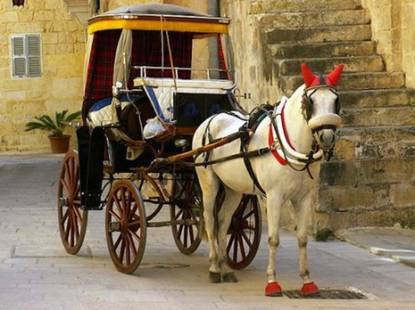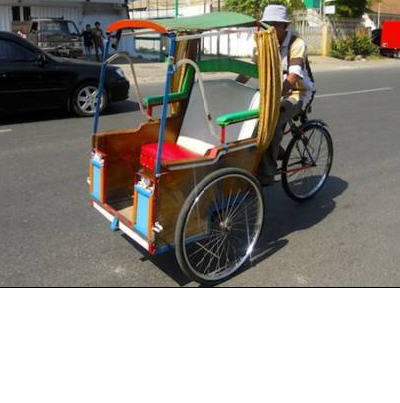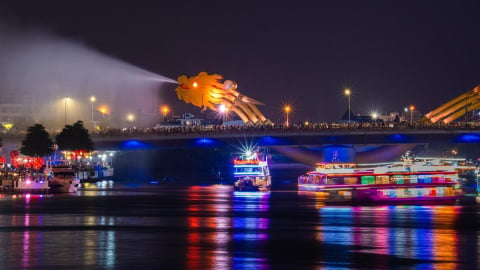Trike, Boracay, Philippines
In the Philippines, tricycles come in all shapes, colors, and sizes. The tricycles in Boracay are usually very large. One can carry 6-10 adults, with 3 in the front, 4 in the back, and one or two in the back seat of the driver. Traditionally in the Philippines, the tricycles are often painted in bright colors and decorated with religious symbols or heroic figures. Photo:luxurybackpacker.
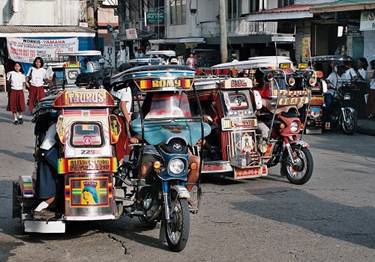
Tirtera, Syria
The new tirteras are brightly painted and decorated, a stark contrast to the shabby, rusty old ones. Most Syrians use them. The name tirtera comes from the “tir tir tir” sound they make when they move.
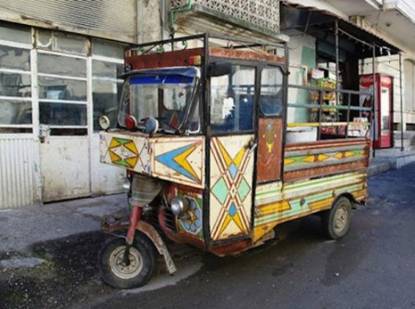
Auto Rickshaw, Cambodia
A rickshaw is an interesting experience for tourists when coming to Cambodia. The motorbike is attached to a covered bed. You can rent and drive yourself to explore.

Tuk-tuk, Thailand
Tuk-tuks are one of the most expensive means of transport in Thailand. They can be found in everything from high-end apartment buildings to fancy restaurants, carrying a lot of passengers.
For foreigners, a tuk-tuk in Bangkok usually costs 200 baht (about 120,000 VND) for one trip, which is only equivalent to a 40 baht (about 20,000 VND) journey for locals.
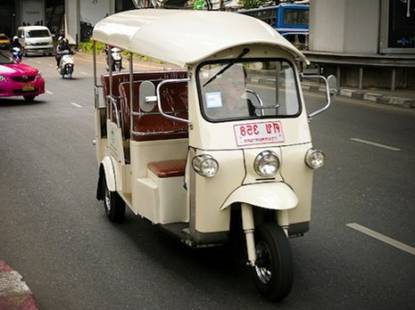
Becak, Makassar, Indonesia
Becak is a popular public transport in Makaskar, Indonesia. Becak in Makassar is smaller and shorter than in Java. This makes Becak Makassar more convenient to travel.

Cyclo, Vietnam
Cyclos appear in many big cities, squeezed between the crowded stream of motorbikes and cars with loud honking. Cyclos move slowly through the streets, bringing an interesting feeling to passengers.
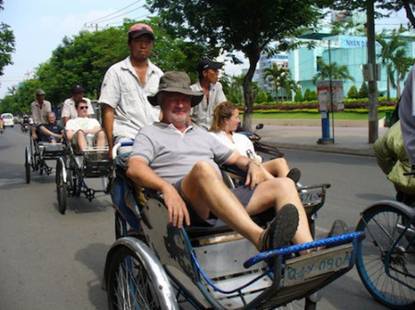
Ox cart, Cambodia
The ox cart is considered an iconic means of transport in Cambodia. You can see the image of the ox cart on souvenir postcards. In Vietnam, some craft villages also exploit the ox cart as a form of tourism to serve visitors.

Cart, Colombia
Instead of a taxi, try a mule-drawn carriage service in Capurgana, Colombia. The carriages are typically made of wood with benches for passengers or plastic chairs with cut-out legs bolted to the floor.

Reindeer sleigh, Sweden
Nutti Sámi Siida is a tourist company located in the village of Jukkasjarvi, Sweden. The company is owned by Nils-Torbjorn Nutti, a reindeer herder from the village of Saarivuoma Sámi, and Crina Pingi from the village of Gabna Sámi. During the harsh winter weather, they had to round up their reindeer and feed them together. The cost of feeding the animals was running out. Nils and Carina came up with a unique business idea. In the winter of 1996, they invited tourists to the reindeer corral, opened a reindeer sleigh ride service and made a profit.

Toboggan, Mote, Madeira Island, Portugal
The toboggan originated in the mid-19th century and was used by the Monte people living on the island of Madeira to get to Funchal quickly and conveniently. Although there are many modern means of transport today, the toboggan is still kept to serve tourists.
The cart consists of a two-seater cart, which sits on two wooden poles and is pushed by two men. The pushers usually wear white shirts, straw hats, and sturdy rubber boots. The 2-kilometer journey down the hill through narrow, cobbled streets paved with toboggans takes just 10 minutes.
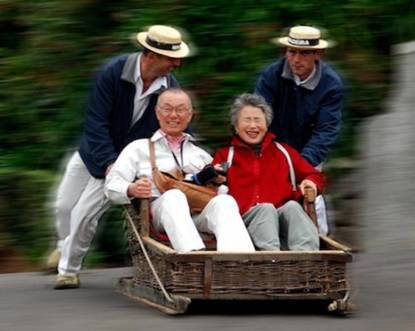
Karozzin, Malta
In Malta, a karozzin, or horse-drawn carriage, was the most common form of transport before motor vehicles. During the British colonial period, soldiers and sailors used horse-drawn carriages to go straight to the city’s shopping areas or the red-light district known as “The Gut”. The carriages have become a part of Malta’s cultural heritage, often used to serve tourists.
